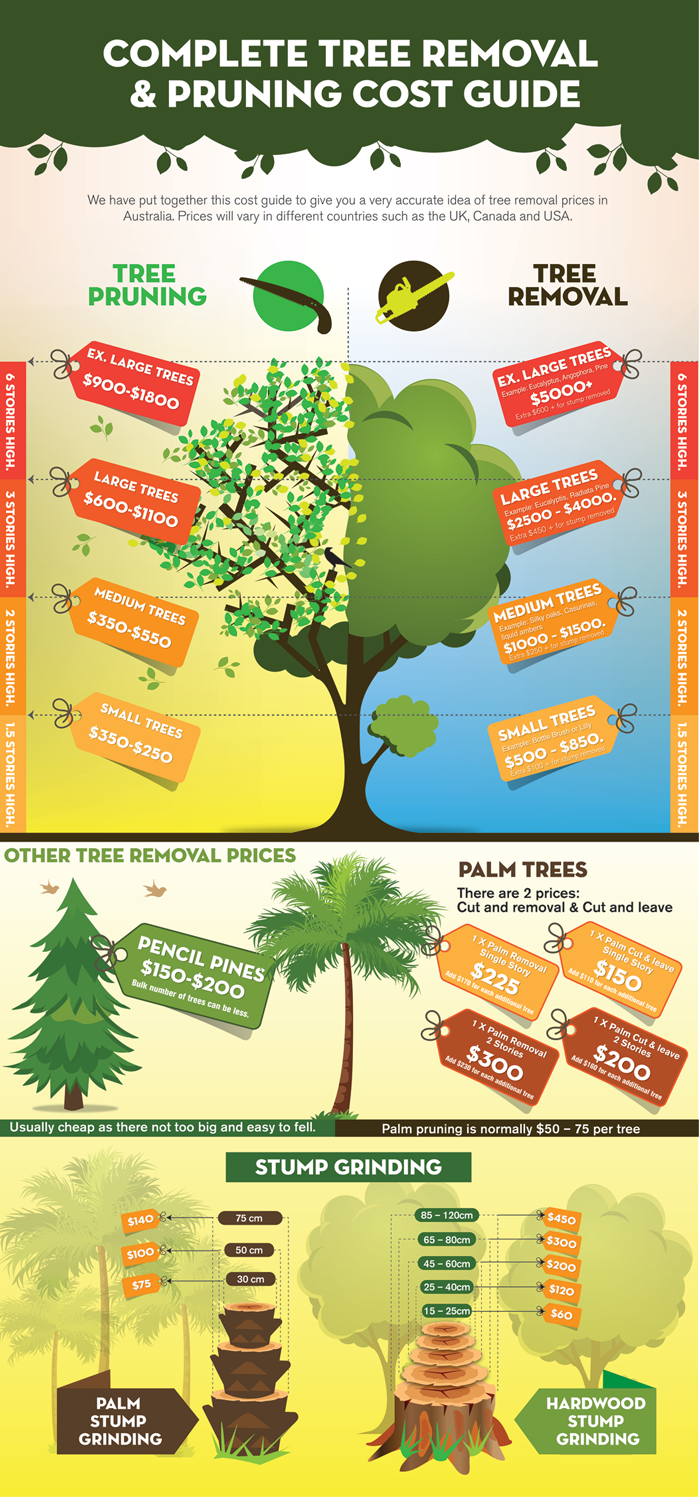Watch For Crucial Indicators That Suggest Your Tree Could Present A Risk; Understanding These Can Shield Your Home And Family.What Should You Monitor Following?
Watch For Crucial Indicators That Suggest Your Tree Could Present A Risk; Understanding These Can Shield Your Home And Family.What Should You Monitor Following?
Blog Article
Article Writer-Troelsen Hubbard
When it involves tree care, identifying the indicators that it's time for removal is important for your safety and residential or commercial property. https://www.bclocalnews.com/news/property-owners-on-the-bench-in-terrace-fined-for-tree-removal/ may observe stained leaves, wilting branches, or weird fungal growths showing health issue. Architectural problems, like a significant lean or cracks in the trunk, can also present risks. Comprehending these indication can help you make informed decisions about your trees and prevent possible hazards prowling in your yard. What should you seek following?
Indications of Decay and Disease
When you notice indicators of degeneration and illness in your trees, it's crucial to act quickly. Seek tarnished leaves, wilting branches, or uncommon growths like fungus. These can indicate that your tree is having a hard time.
If you see cracks in the bark or soft, mushy timber, these signs and symptoms recommend internal decay. In addition, an abrupt increase in insects around your tree can indicate that it's compromised and vulnerable.
Look for any type of dead or passing away limbs, as they position a threat to your residential or commercial property and safety and security. If you doubt about what you see, seeking advice from an arborist can provide clarity.
Resolving these indications early can save you from more extensive damage and make certain the health and wellness of your backyard. Don't wait up until it's far too late.
Structural Instability and Leaning
As you observe your trees, keep an eye out for any type of indications of structural instability or leaning. If a tree leans substantially, it might suggest that the root system is jeopardized.
Try to find any splits in the trunk or dirt around the base; these can signify possible failing. Additionally, look for unusual development patterns, like an uneven crown, which may suggest that the tree is having a hard time to hold itself upright.
If you see that the tree favors your home, high-voltage line, or various other structures, it positions a better danger. Don't neglect these signs-- seek advice from an arborist to examine the situation.
Acting early can protect against pricey damages and ensure your safety and security.
Dead or Perishing Branches and Vegetation
If you discover dead or dying branches and foliage on your tree, it's a clear indicator that something's incorrect.
These harmful areas can show underlying problems like condition, parasite infestations, or environmental stress and anxiety. When branches shed their fallen leaves or transform brown, they're no more adding to the tree's health and wellness. Neglecting these signs can cause more decline, making your tree extra hazardous.
https://milogbwql.tusblogos.com/35548754/discussing-tree-elimination-expenses-planning-your-landscaping-spending-plan can easily break off during storms, presenting a risk to residential property and people nearby. It's vital to examine the extent of the damages.
If the trouble impacts a considerable part of the tree, take into consideration getting in touch with a specialist. They can assist identify if removal is needed to make sure security and preserve the beauty of your landscape.
Final thought
If you see any kind of signs of decay, architectural instability, or dead branches on your trees, do not overlook them. These indications can position significant security dangers to you and your building. It's always best to seek advice from a specialist arborist that can provide a specialist analysis of your trees. Taking action early can stop accidents and expensive damage, ensuring your landscape stays risk-free and healthy. Bear in mind, it's far better to be aggressive about tree treatment than to wait for a disaster to happen.
